Queens in Chess and Reality - the Good, the Bad and the Ugly
Statue of Anne of Kiev at the Abbey of Saint-Vincent (c1030_c1075)
The queen - the most influential piece on the chessboard. Unlike faithful queen Esther who needed the golden sceptre to be extended to her by king Ahasuerus upon entering his inner court without being called, the queens on the chessboard do not need any permission - they move and capture as they please. There are more similarities between queens in chess and queens in reality than is apparent at first glance.
The queen in chess is granted with freedom of movement like no other chess piece - and the king is no exception. This makes her the most desirable figure and decisive factor in the game, after the king. The queen often takes a significant measure of responsibility for the strategy of the game on her fragile shoulders, which suits her status perfectly. In reality though, a queen's ambitious miscalculation can land her in trouble, exile and even death.
Every chess game is a little story, just like in children's books: "...Far far away there was a kingdom, and a great king lived there with his queen. Then the war started..."

Jeanne d'Arc (c1412_1431) by Albert Lynch, Figaro Illustré magazine (1903)
"As a jewel of gold in a swine's snout, so is a fair woman which is without discretion."
- King Solomon, Prov 11:22
History introduces us to all kinds of rulers amongst women. Some of them were gracious and intriguingly wise, like the legendary Anne of Kiev who became queen of France, the queen of Sheba or queen Tamar of Georgia. Others are remembered for their bravery and impressive combat skills, like Joan of Arc and the almost mythical queens of the Amazons. Even though Joan of Arc was not a queen, she comes very close to a real-life representation of the queen on the chess board. She led her forces and rode into battle herself, rather than ordering generals to devise the strategy and do the fighting. She played a crucial role in the coronation of Charles VII as the king of France and stood right by his side. After the siege of Orléans, Jean was honored as a defender of the French nation. Thanks to her, the French pursued the English during the Loire Campaign, followed by another victory at Patay. She became a national symbol of France and was canonized by the Roman Catholic Church as patron saint of France in 1922.
There were queens who stormed castles, withstood attacks and initiated wars. There were those who slaughtered their way through a line of peons or deposed their own kings. There are many vivid examples, which include the history penned by Herodotus of how the queen of Lydia had Gyges, the bodyguard, kill Candaules the king and marry her, after Candaules insisted Gyges see her naked. There was also king Edward II who was publicly killed by queen Isabella (later known as the She-Wolf Queen). Then there was the cruel empress of China, Wu Zetian, queen Irene of Athens, empress of the Russian Empire Catherine the Great, and more.

Collectible Premium Brass Chess Pieces - Antique Showpiece (Available at Chess 'n Boards)
Wu Zetian reigned during the Tang Dynasty (618-907 CE). Her cruelty surpassed her beauty. She came from a very poor peasant family and became a concubine to emperor Taizong at the age of 14. She married the emperor's son as soon as the emperor died. It is suspected that she had a hand in the emperor's death. She became the power behind the new emperor, whom she is also suspected of killing. She then placed one of her sons on the throne, but had him killed. Not done, she placed another one of her sons on the throne and had him killed as well. Eventually, she openly proclaimed herself as empress in 690 AD. She was the only female emperor of imperial China.
It certainly simplifies the game of chess knowing that the chess queen cannot depose her own king or make her own rules.
"It is not a move, even the best move, that you must seek, but a realisable plan."
- Znosko-Borovsky
Considering parallels with chess, we even find an analogy of a peon ascending to royalty in the movie "Braveheart", where mighty Scottish peon William Wallace fathered an heir to the throne - the queen obviously being instrumental in the feat. Beyond chess and reality we find the queens of fantasy lore - from Barbarella and the hot-legged warrior-queens on the covers of fantasy novels, to the more sophisticated Lady Galadriêl, the Elvish queen in The Lord of the Rings.
It is well known how many queens Henry VIII killed. Thankfully, giving up a queen in chess is not as bloody - don't miss the game between Vasil Ivanchuk vs Alexey Shirov, 1996.

V Ivanchuk vs A Shirov (1996)
Inevitably the idea of having a few queens on the chessboard crosses our minds, just like it crossed the minds of kings through history. While strengthening our forces in the game, it complicates things tremendously. It is interesting that history shows one queen at a time, even though the succession of queens could be fast and furious. It seems there is only room for one queen in a kingdom, much like in a kitchen. A famous example in chess would be the game of Four Queens where Bobby Fischer played against Tigran Petrosian in Zagreb, 1959.
Without delving further into the curious political Zugzwangs of the middle ages, we can admit that the battlefield on the chessboard tangibly resembles everyday reality.

Luxurious 1950 Reproduced Zagreb Chess Set in Rosewood available at Chess 'n Boards
"She is a very good player! She plays in tournaments with men!"
- WCC Bobby J Fischer (about Nona Gaprindashvili in his interview with Dick Cavett)
The real queens of chess are the Lady Grandmasters. For these crowned ladies of chess it is a cup of tea to make multiple complex decisions while analyzing the potential effects thereof and the full position of the opponent's pieces, all in an instant. Interestingly, the Women's World Chess Championship title was held by four Georgian ladies from 1961 to 1991. This revolutionized women's status in chess. While these four Grandmasters are referred to as the "Queens of Chess", the first woman to ever be awarded the FIDE title of Grandmaster, was renowned Georgian chess player Nona Gaprindashvili who received the title in 1978. The 2021 documentary "Glory to the Queen", directed by Tatia Skhirtladze, reveals inspiring biographical details about these legendary women.

Glory to the Queen, directed by Tatia Skhirtladze
"Geniuses are made, not born!"
- László Polgár
Judith Polgár is the youngest daughter of László and Klára Polgár. László Polgár is a Hungarian professor in educational psychology as well as a chess teacher and the author of many educational chess books. Ukrainian Klára Polgár (born Altberger) is also an author and professor in educational psychology. Judith became a Grandmaster in 1991 at the age of 15, breaking the record of the legendary Bobby J Fischer and becoming the youngest Grandmaster in history.
All three Polgár sisters are renowned chess prodigies.

Polgár sisters
As a little girl, Judith successfully proceeded with her chess career, gaining confidence and an apatite for victory. She is incomparable when it comes to rapid games and she is well known for her aggressive attacks that seem to work particularly well on World Chess Champions. She mercilessly defeated 11 World Chess Champions during her career. The first victory was over Grandmaster Lev Gutman. The tournament was held in Brussels, 1987, when Judith was just 11 years old.

Judith Polgár on TED Talks - The Dreams That Define Us
A year later she played a game against Jonathan Tisdall in the Reykjavik Open, 1988, sacrificing her queen and causing her opponent to resign.
An epic game from 1875, won by a queen, was played between Guila and a Roman Catholic ecclesiast, Gioacchino Cardinal Pecci, later to become Pope Leo XIII. Pecci opened with a humble Giuoco Piano "quiet game", withstood a fierce attack on his king and then graciously deposed the white king in just 19 moves. Guila vs Pecci was recorded by Maurice de la Taille (famous theologian and chess enthusiast), Perugia 1975.
I wonder how often modern-day queens take some royal time to sit down and enjoy a game of chess behind the scenes...

Guila vs Pecci - Perugia (1875)
Those who conquer the top of Chess Mountain are the ones that savor every move and each moment of constant scrutiny and (so called) overthinking. Chess is a parallel world with labyrinths of fear and trepidation, and at the same time excitement, about a whole plot of moves that lead to the anticipated victory. It is a journey that irreversibly changed many lives and the queen plays a main role in the irresistible attraction of this game.
"This is your game. Take it."
- Borgov to Anya Taylor-Joy (as Beth Harmon) in The Queen's Gambit
Author:
Nataliia van Rooyen is a Zaporizhzhya born chess amateur and enthusiast. She is best known for her entrepreneurial experience in import & export between South Africa and Eastern European countries. Currently living in South Africa she is the owner of the luxury neckwear brand NvR. Besides her passion for chess she finds her interest in castle architecture, horseriding, world history, cold weapons and sport-shooting. She values the pursuit of wisdom above the pursuit of knowledge.



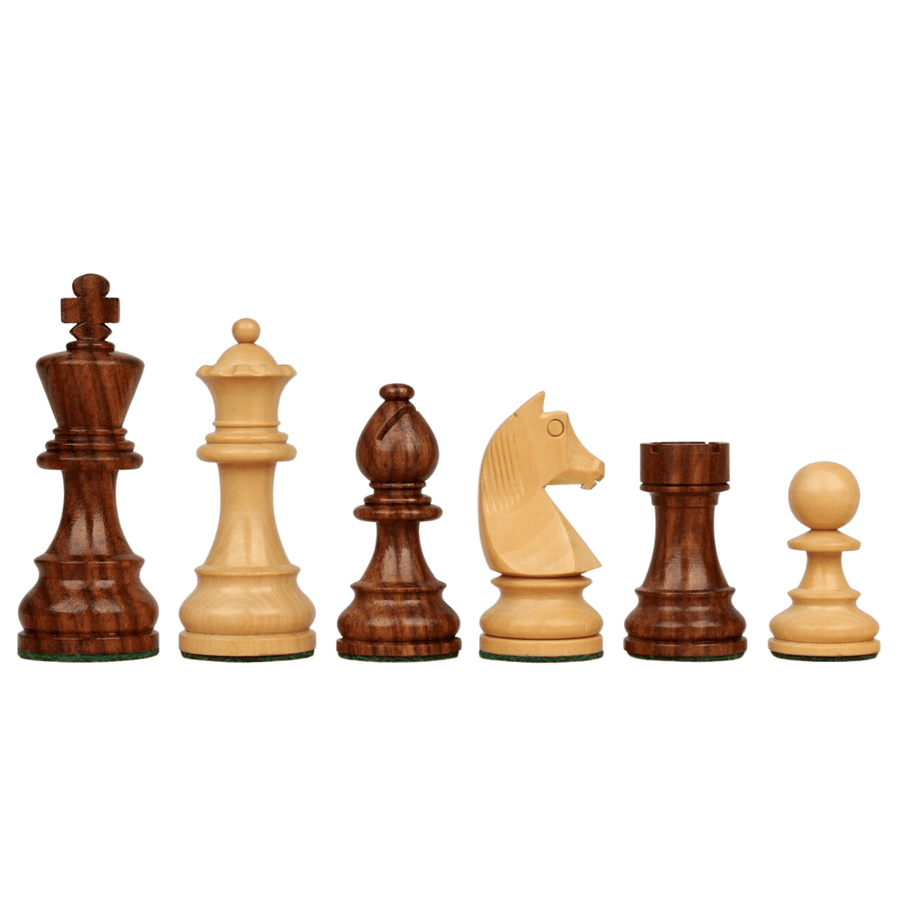
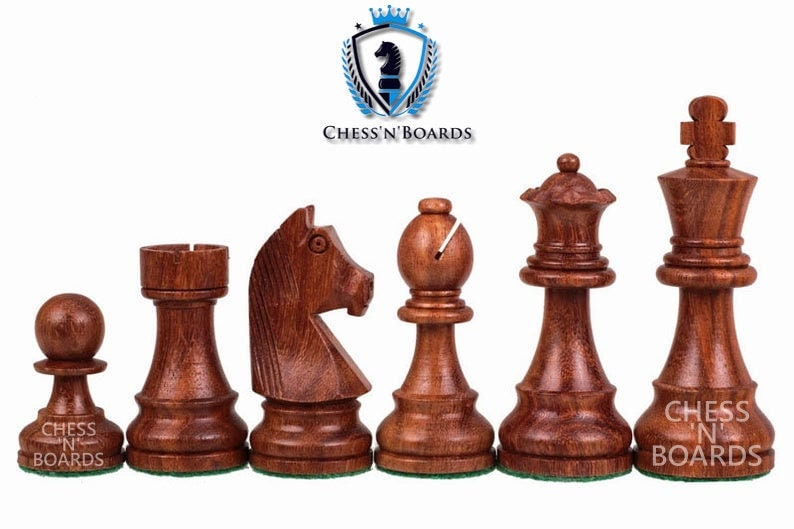
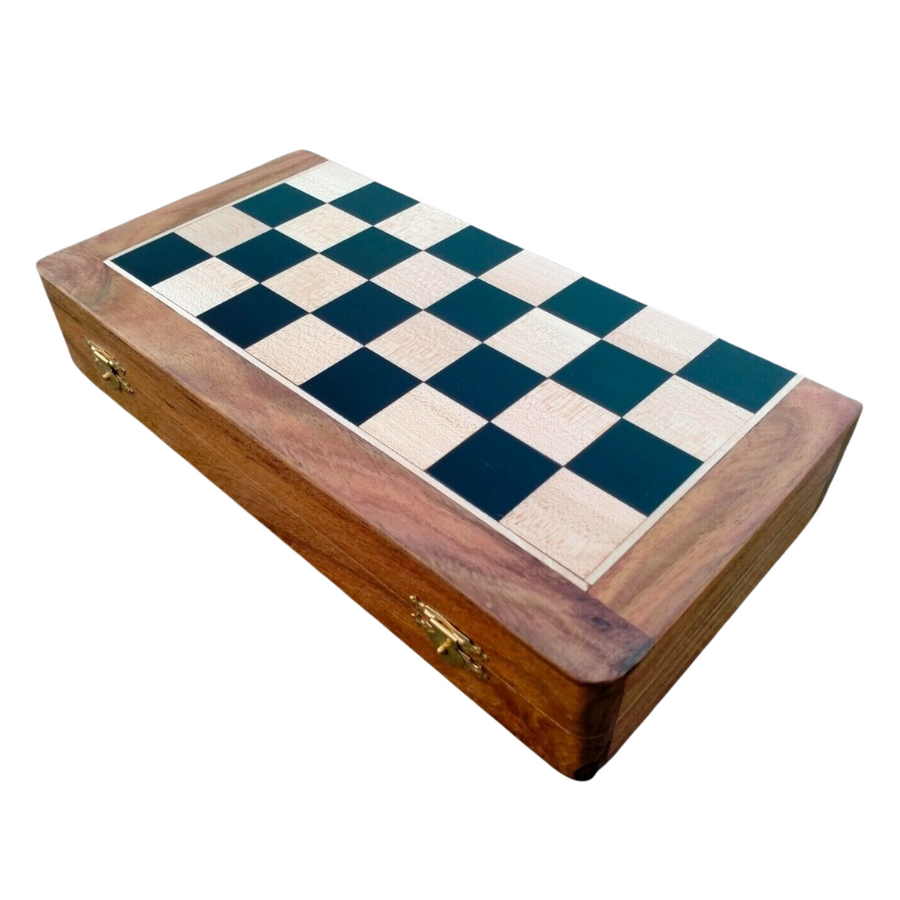
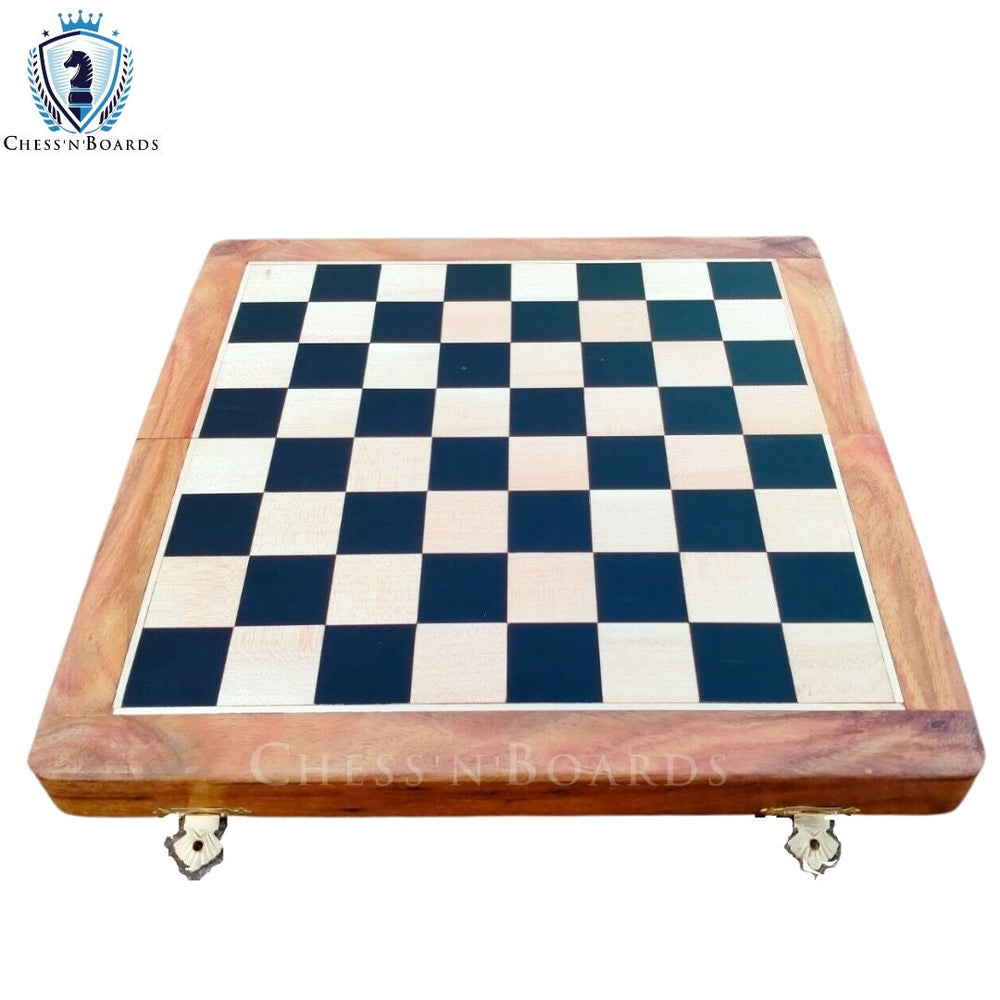
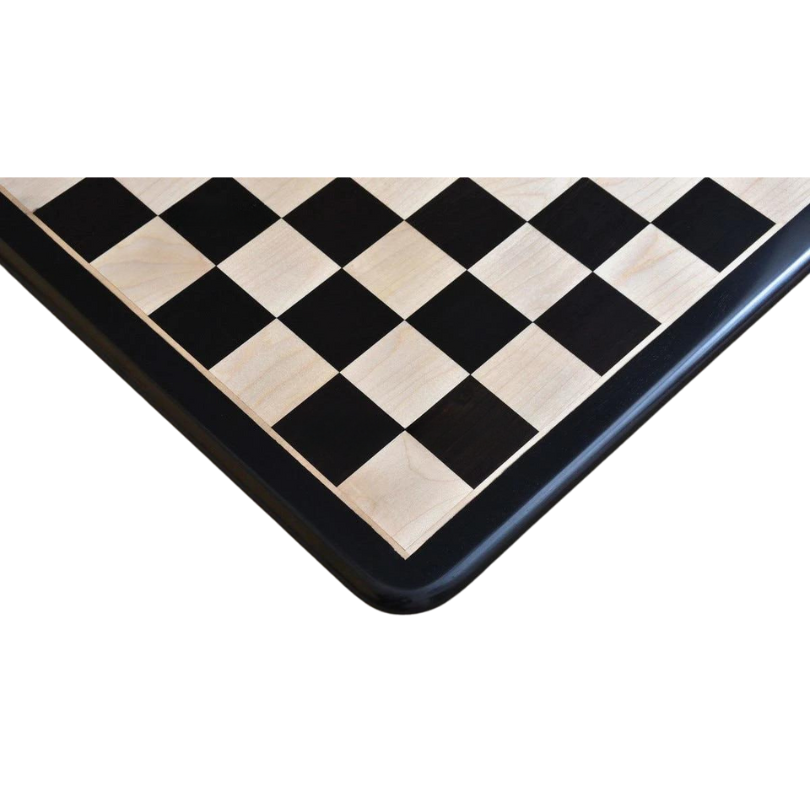
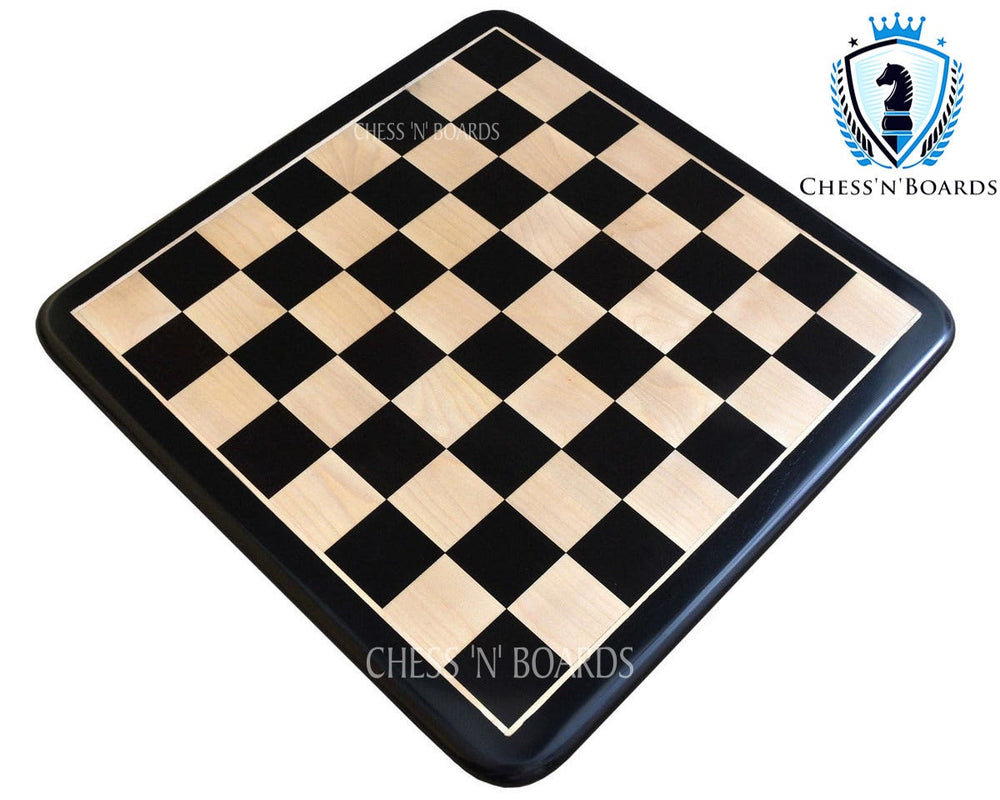
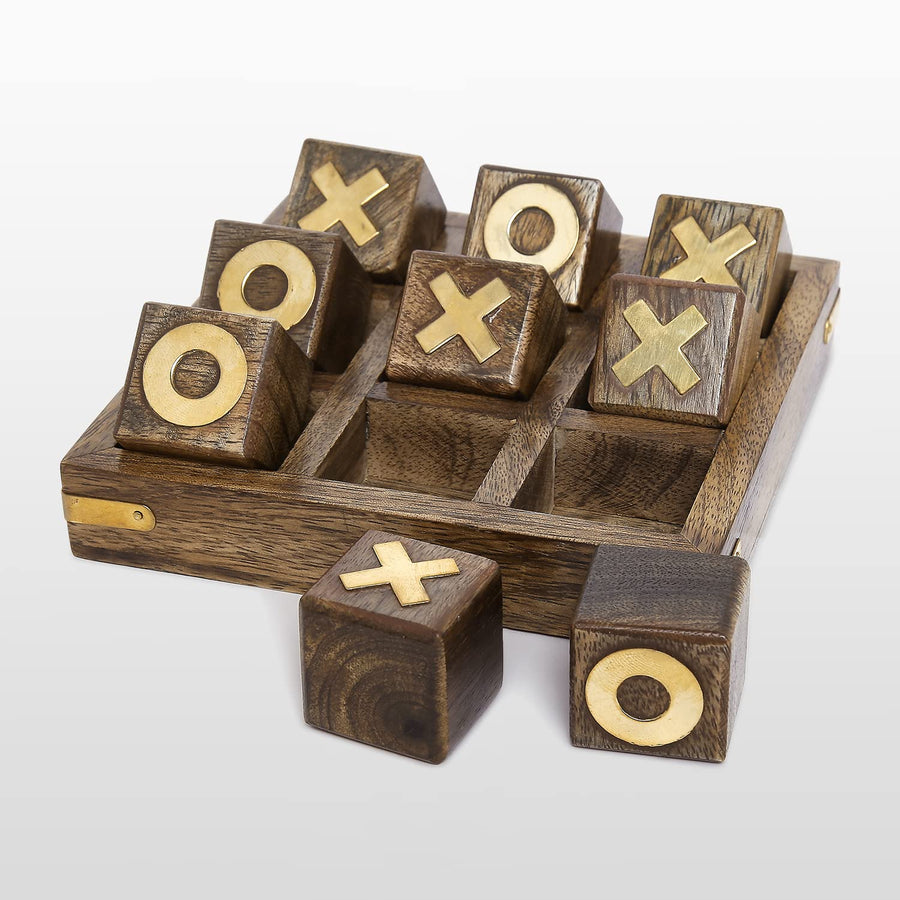
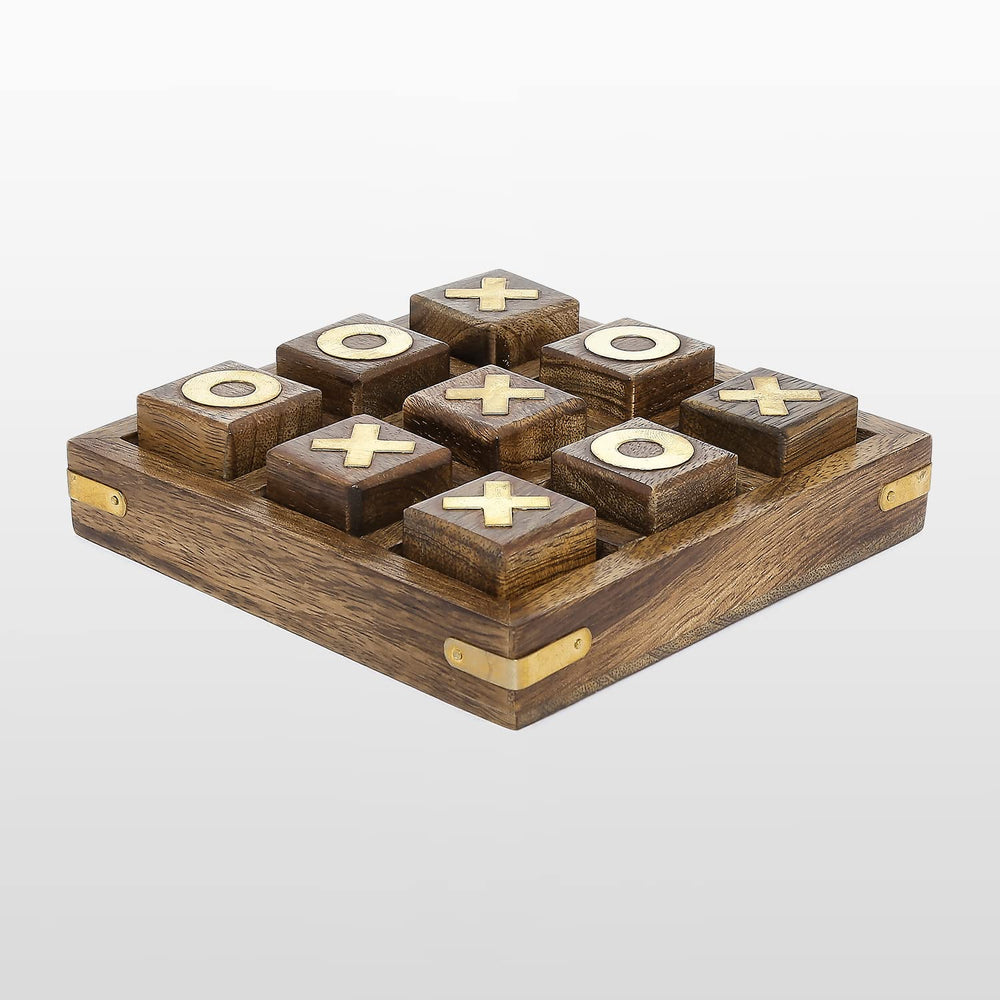
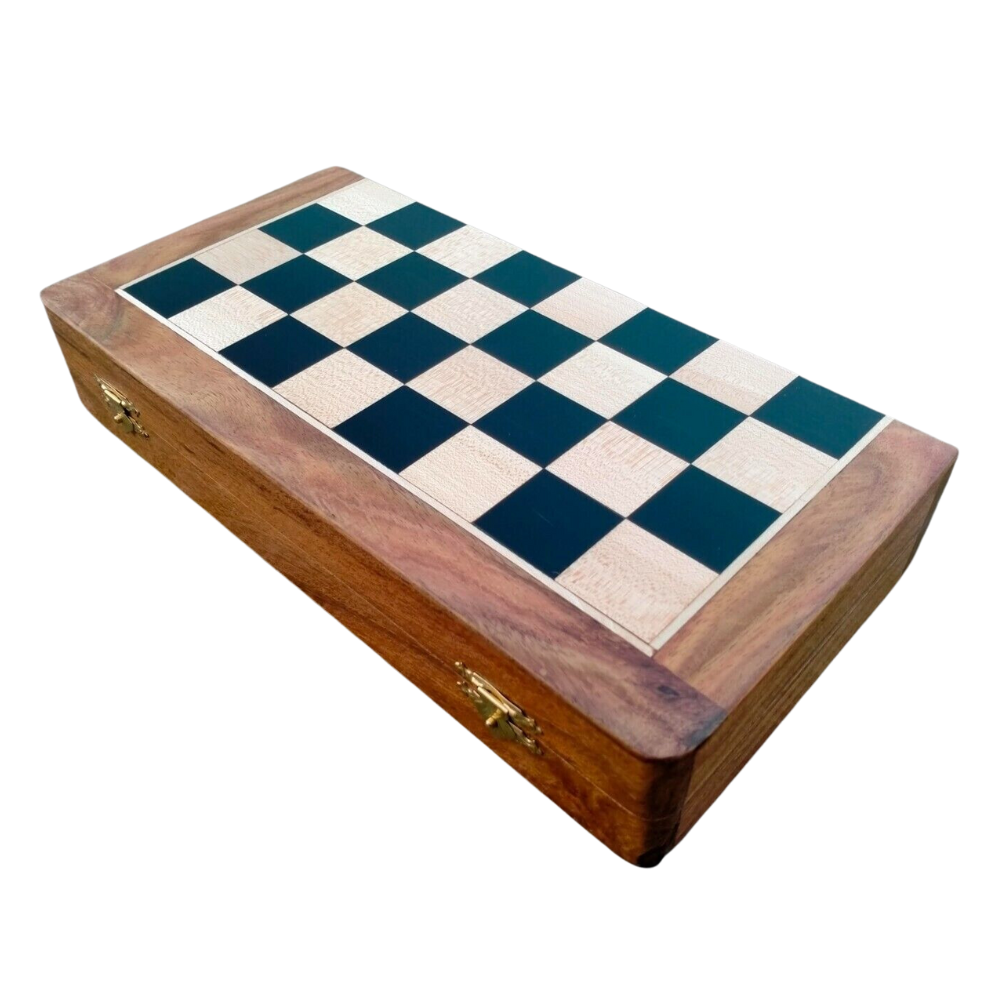


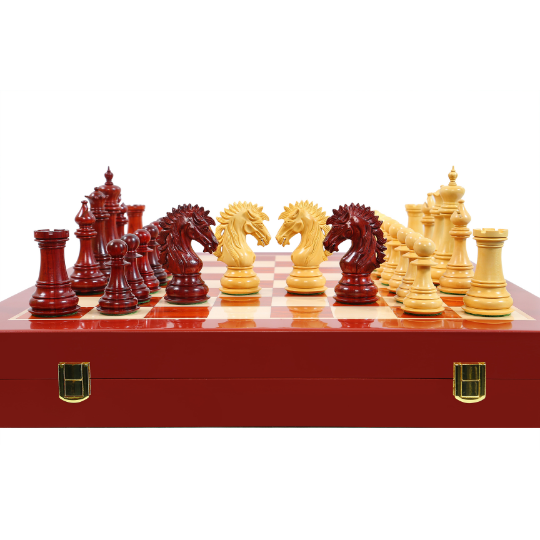
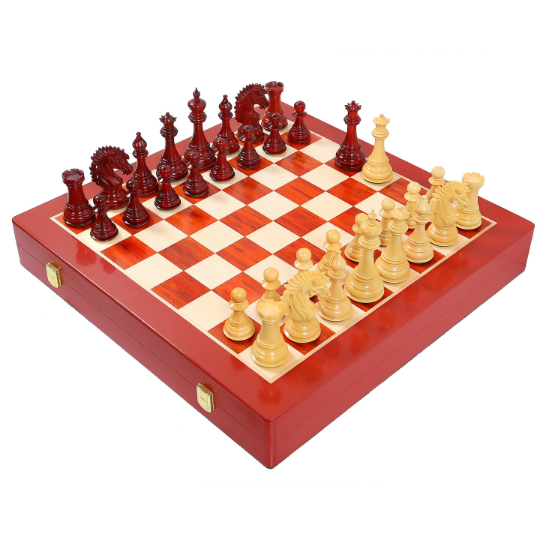
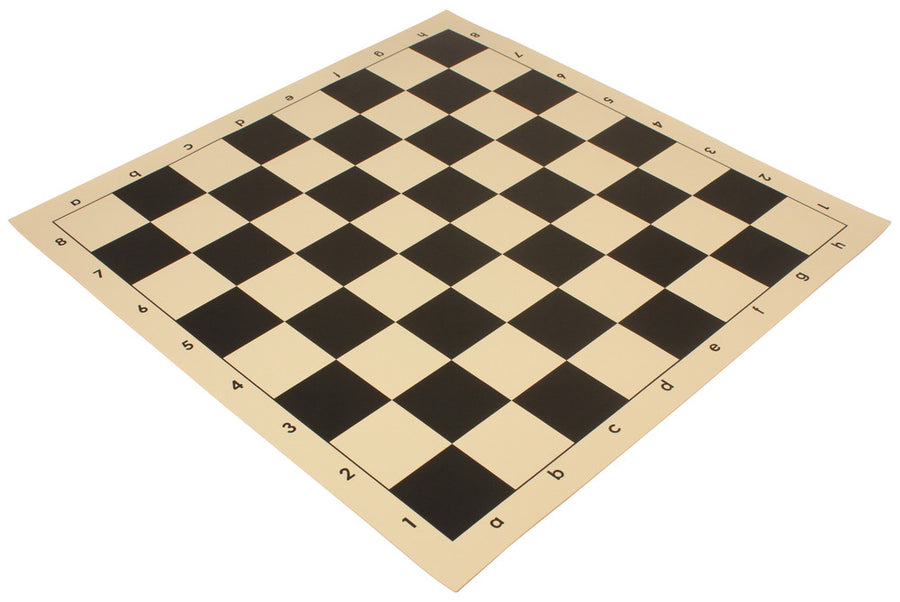
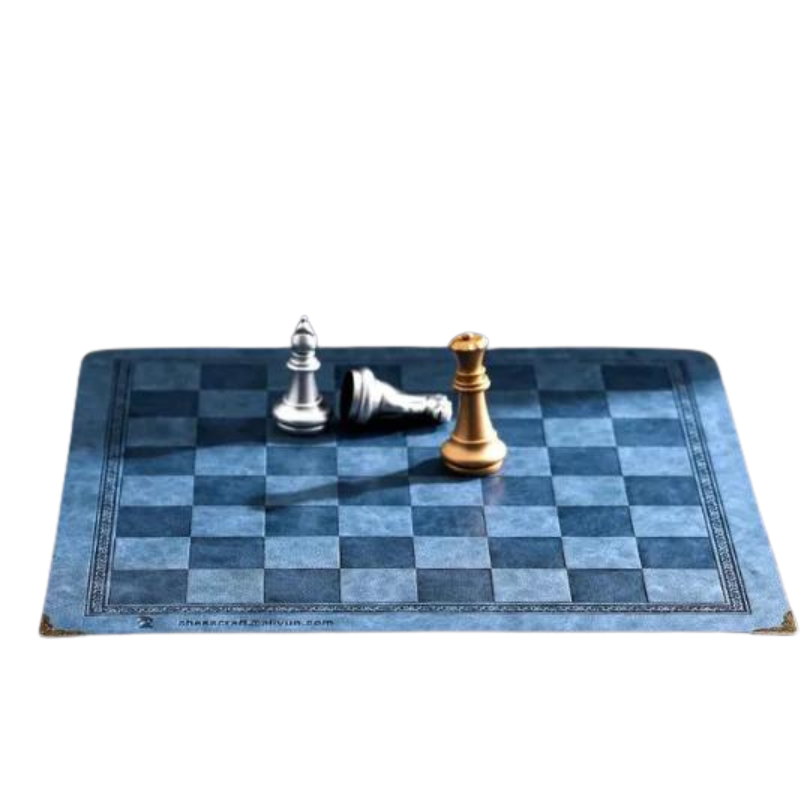
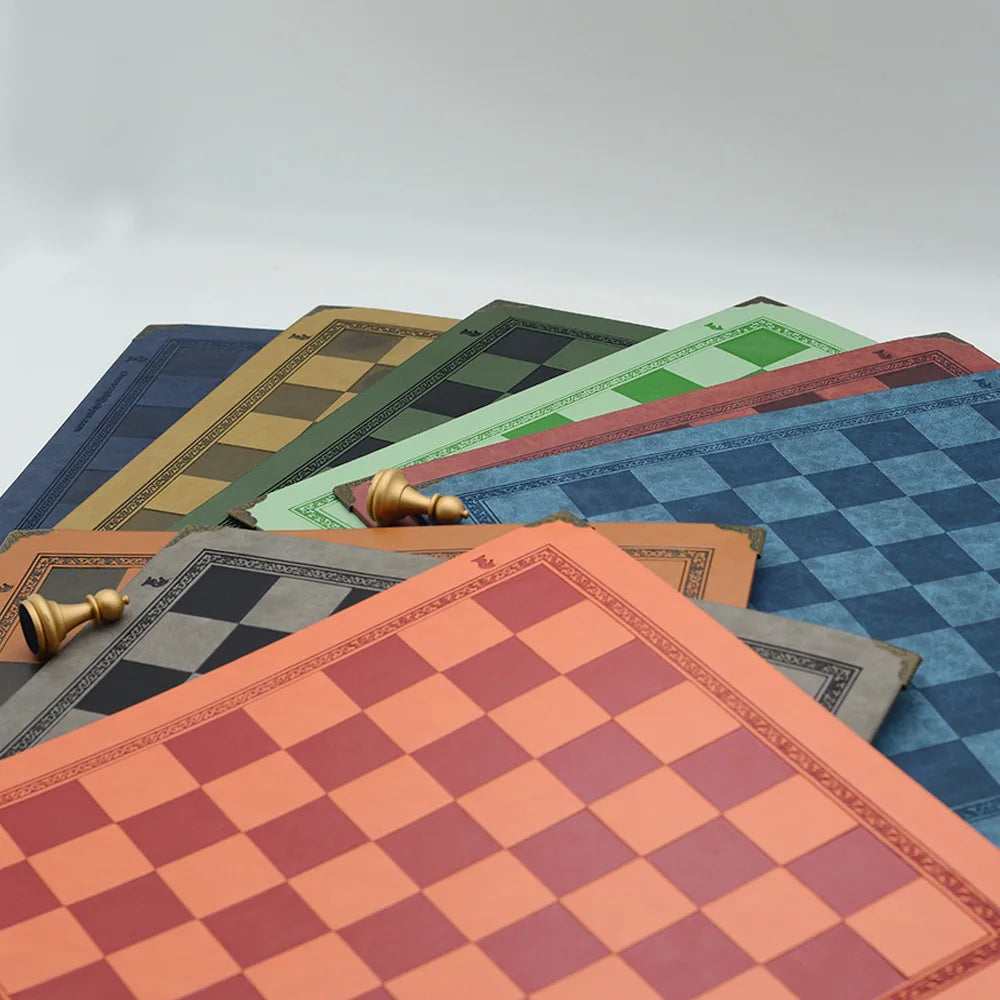
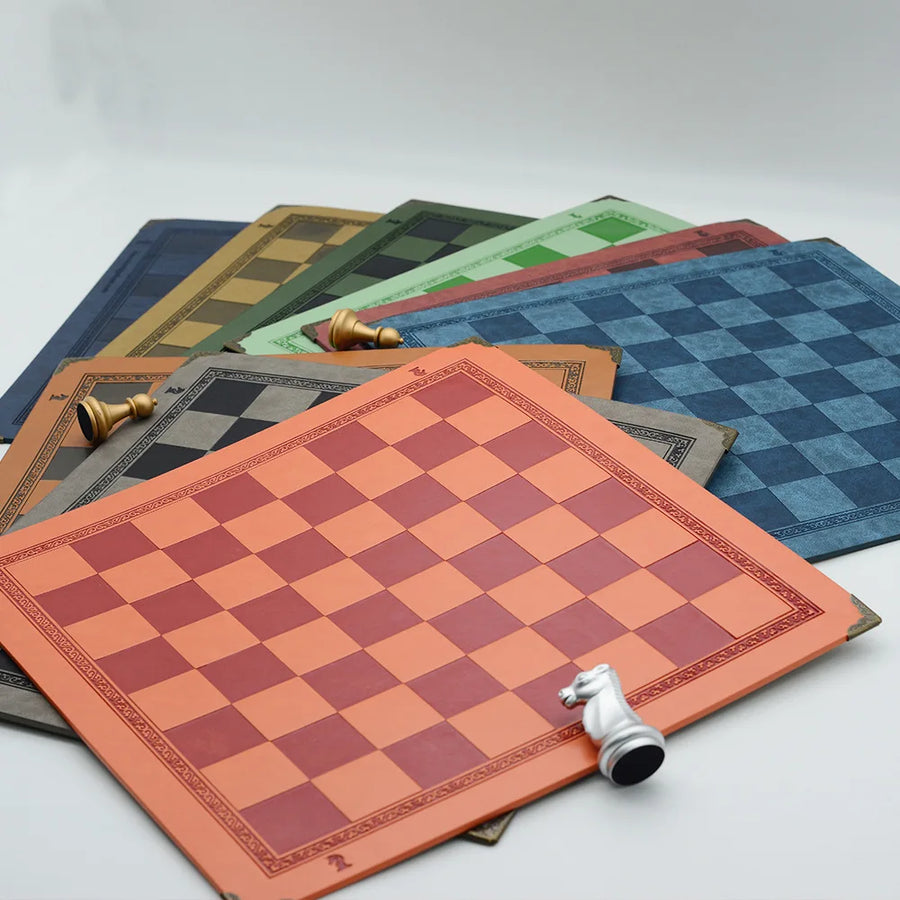
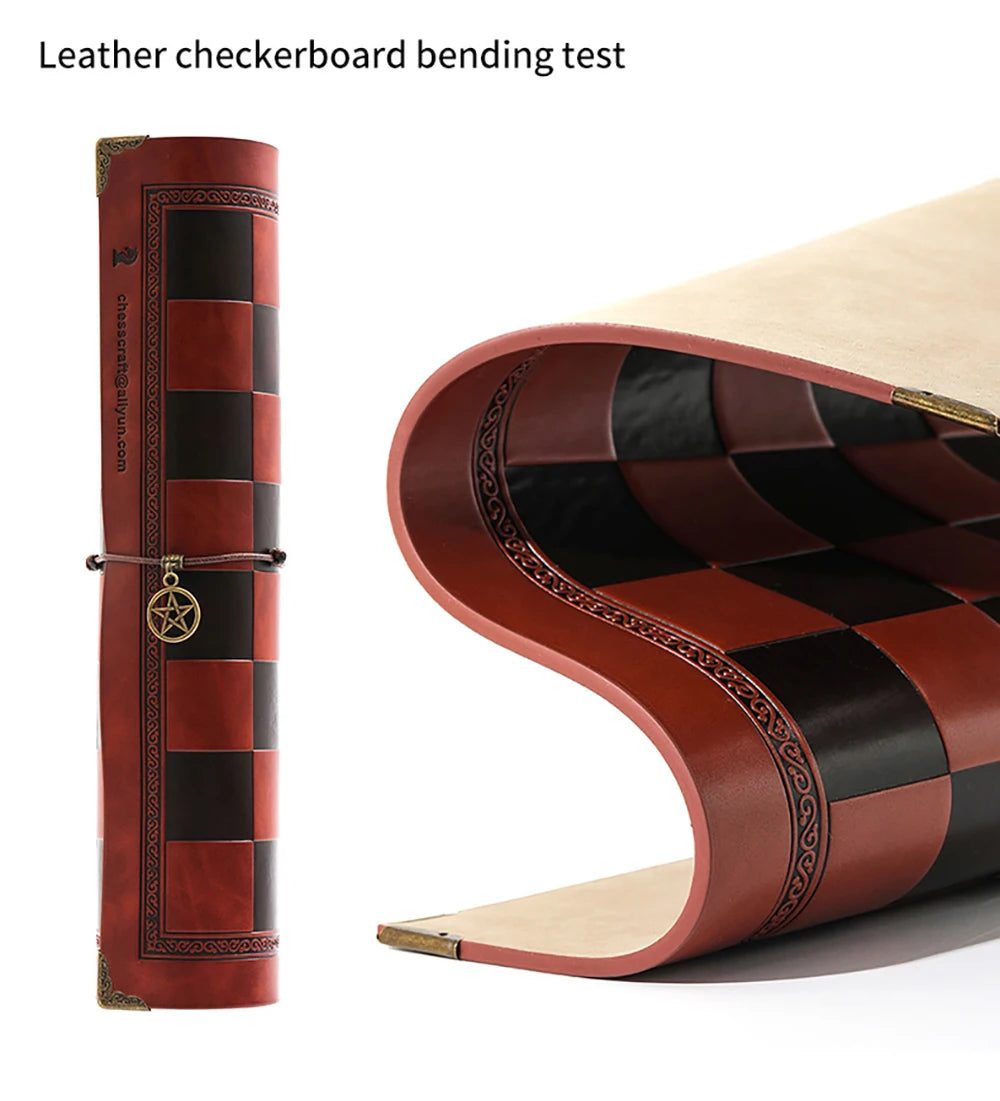
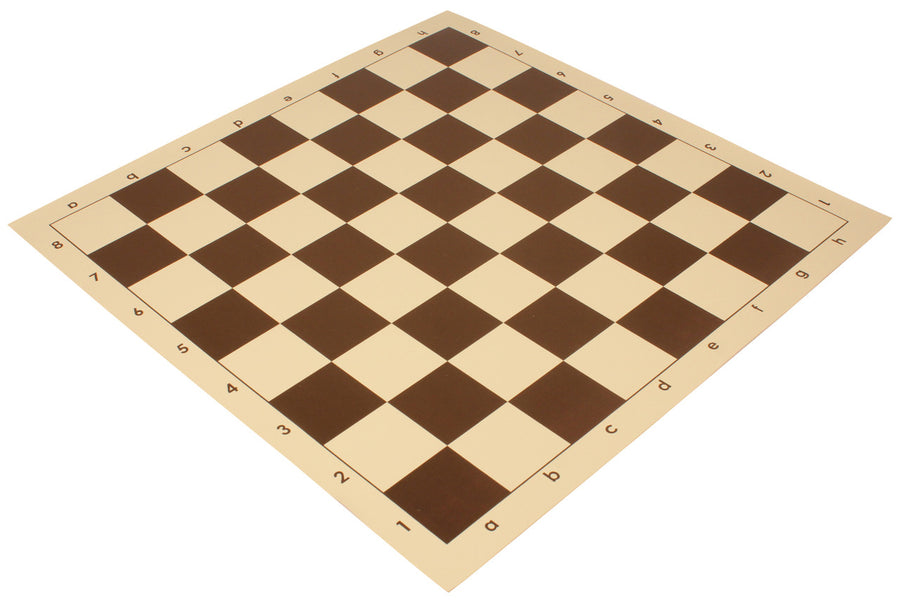
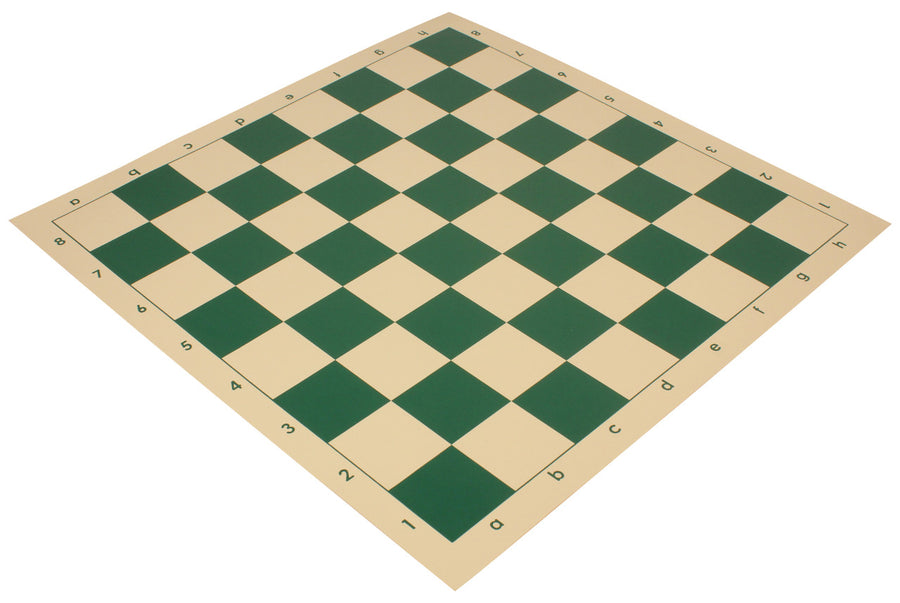
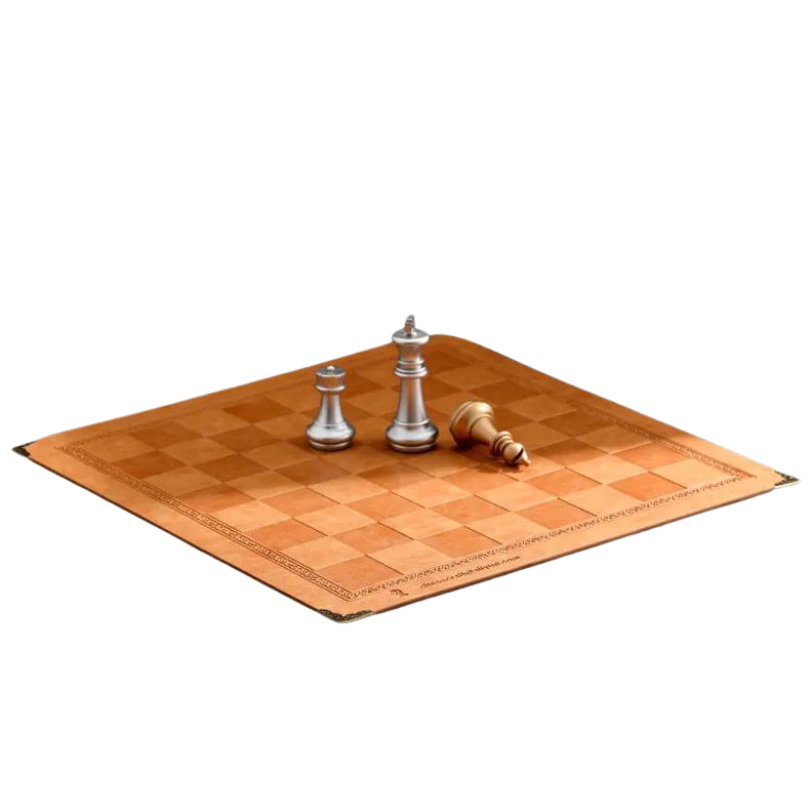
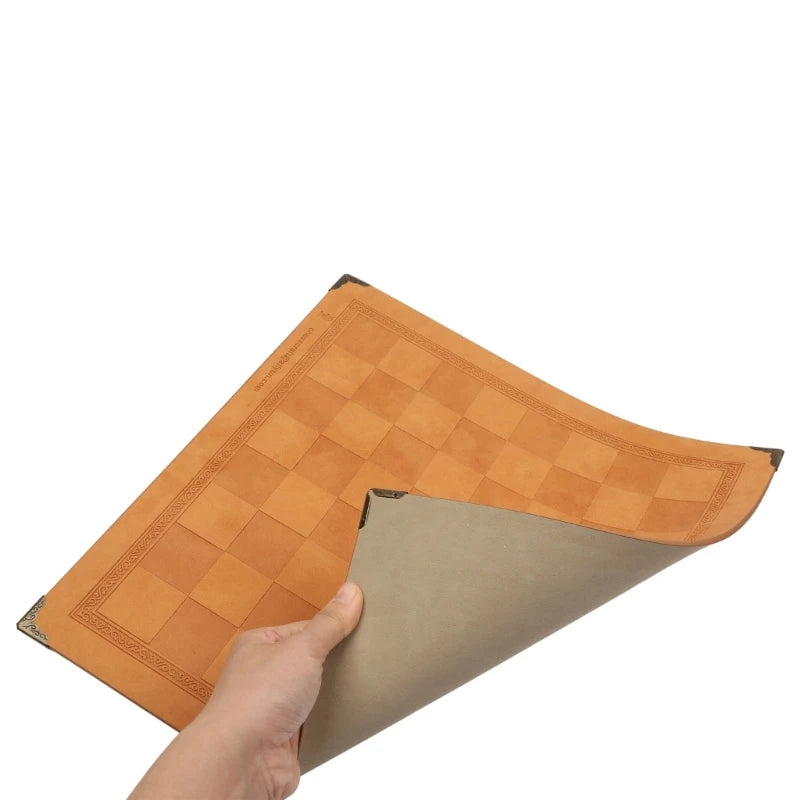
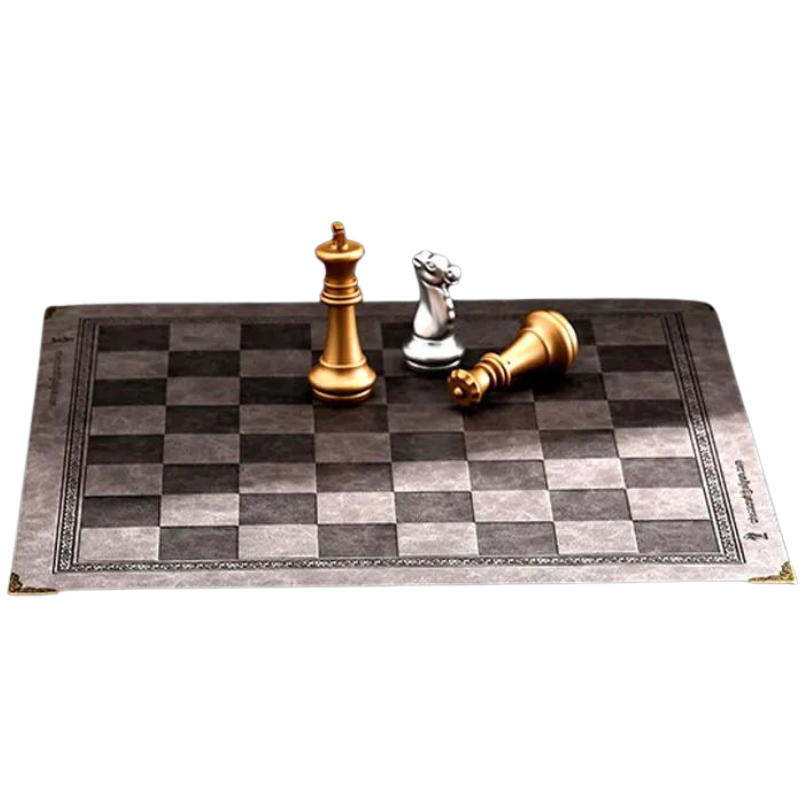
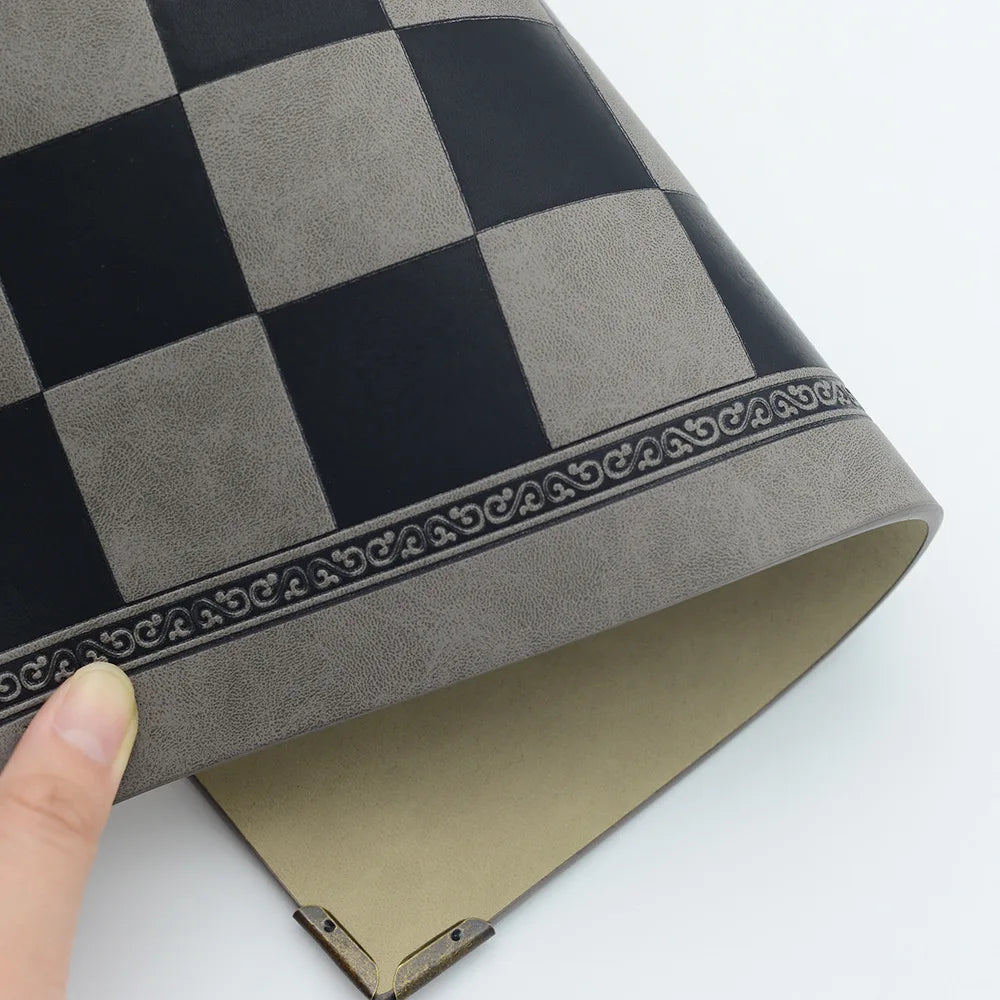












Leave a comment